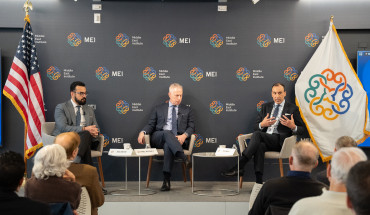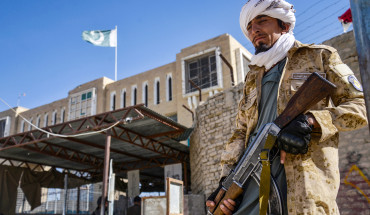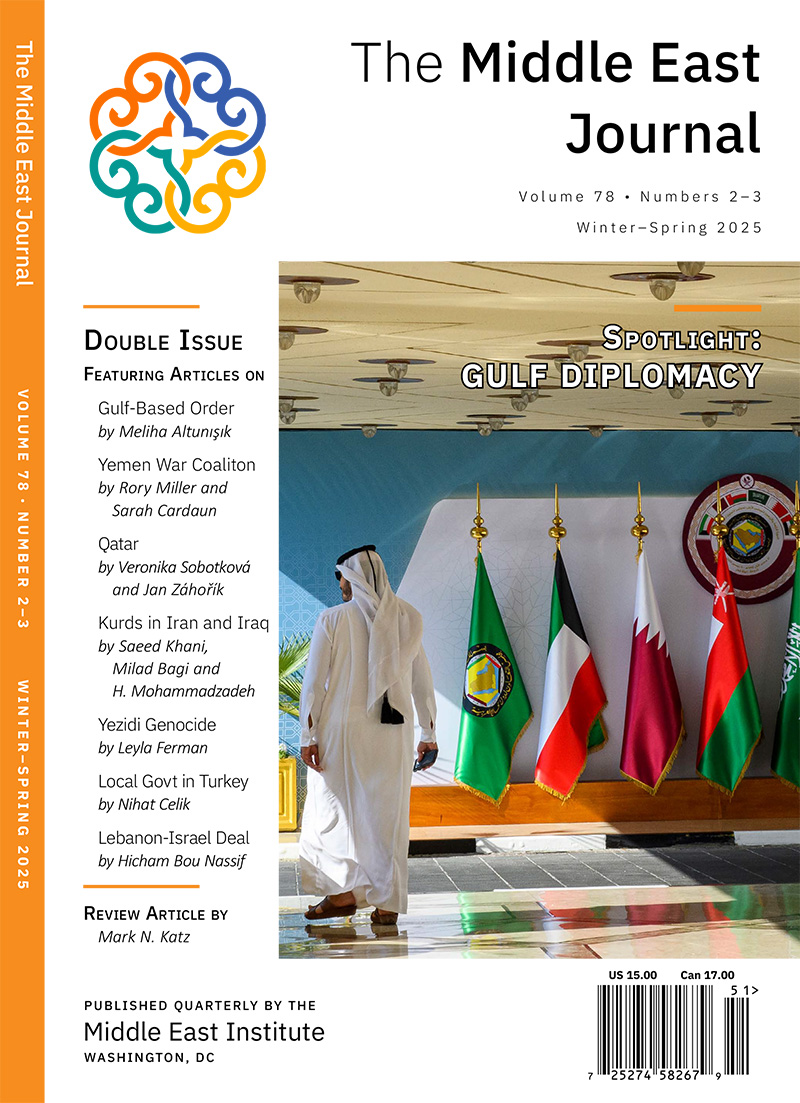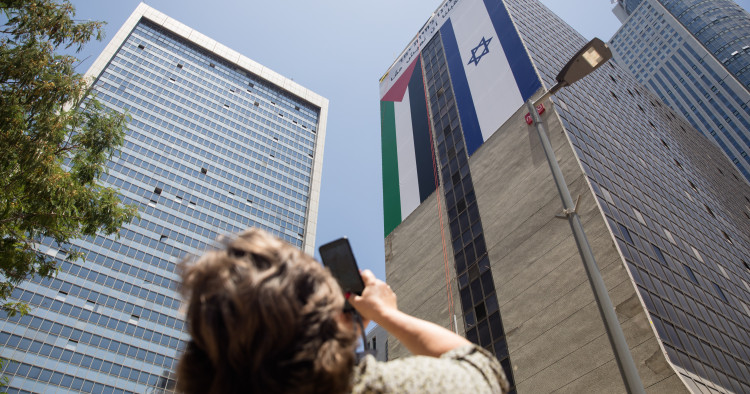Two years of horror and devastation gave way to relief on Oct. 13 when the Gaza ceasefire took hold. As Hamas violently regroups in Gaza, amid raw emotional scenes of Israeli hostages and Palestinian detainees reuniting with their families, and Gazans returning to flattened areas where homes once stood, it might feel premature to consider conflict-ending solutions.
But the disconnect between how President Donald Trump and Egyptian President Abdel Fattah el-Sisi articulated their long-term visions at their “peace summit” underscores that the longstanding question of Palestinian statehood will not be ignored.
El-Sisi says a two-state formula is the only way to achieve peace. Trump was noncommittal: “A lot of people like the one-state solution. Some people like the two-state solution. So we’ll have to see.”
Certainly, practical barriers exist to a functioning Palestinian state. Since 2007, there has been no unified administration of the Palestinian territories.
Trump’s 20-point plan to end the Gaza conflict, and the earlier French and Saudi-promoted “New York Declaration,” called for Hamas to relinquish any future governance role in Gaza.
Yet what comes next, and when, is unclear. Hamas rapidly reversed course in word and deed on any presumed commitment to end its political influence or to disarm. Even if that issue is resolved, both documents envision a transitional phase before any Palestinian governance in Gaza.
The U.S. plan is highly conditional on whether the Palestinian Authority will assume power there, and Israel has objected to any such role.
The Middle East Institute (MEI) is an independent, non-partisan, non-for-profit, educational organization. It does not engage in advocacy and its scholars’ opinions are their own. MEI welcomes financial donations, but retains sole editorial control over its work and its publications reflect only the authors’ views. For a listing of MEI donors, please click here.













